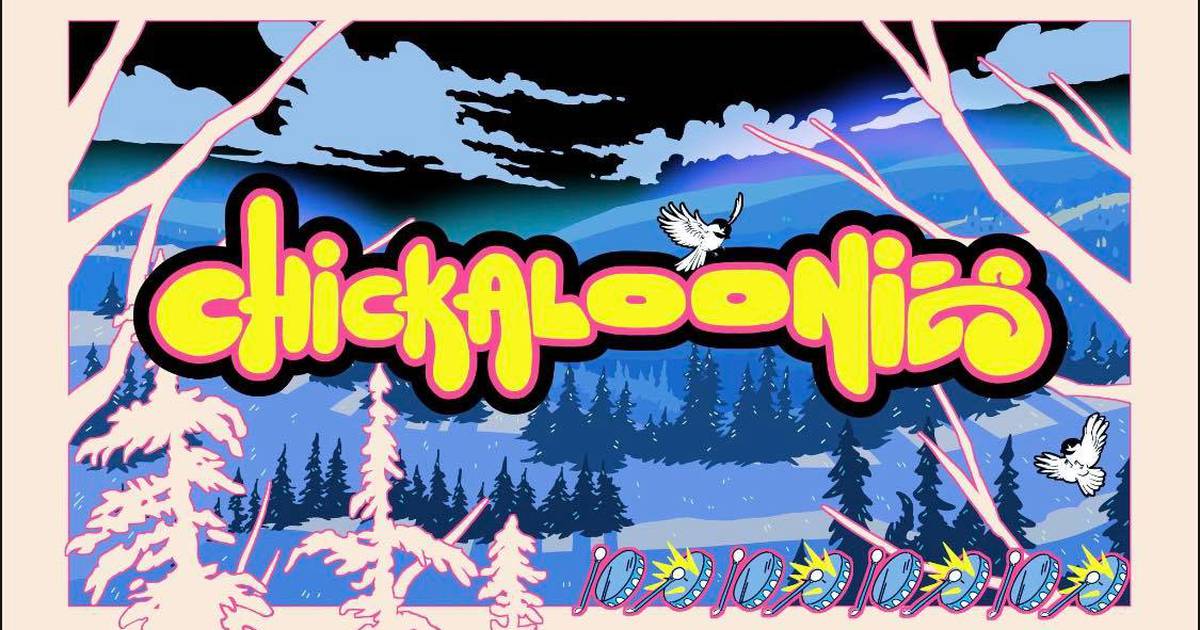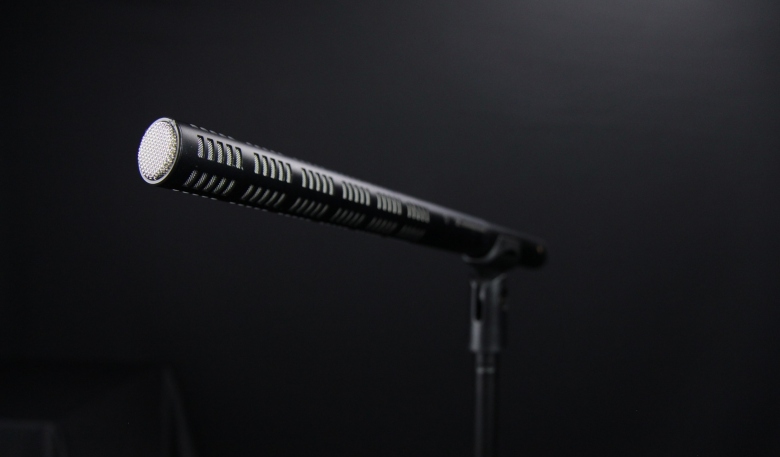
manga art meets Alaska Native lore
by August 23, 2022“Chickaloonies” by Dimi Macheras and Casey Silver.
“Chickaloonies”
By Dimi Macheras and Casey Silver. 80% Studios, 2021. 96 pages, $25.
On the surface, the Japanese comic art style known as manga and the legends and stories passed down by Alaska Natives would seem to be worlds apart. In practice, there’s a lot of crossover, something made wonderfully clear in the new graphic novel “Chickaloonies” by Dimi Macheras and Casey Silver.
“Chickaloonies,” intended for all ages, is the story of two best friends, 13-year-old Sasquatch E. Moji and Mr. Yelly, who’s a year younger. Moji is a strong and quiet, muscle-bound behemoth whose dialogue is delivered in frequently funny picture form. Tiny Yelly is full of big talk, but quick to push Moji to the front when danger looms.
The story takes place in and around the Native village of Chickaloon in the Matanuska-Susitna Borough. There, the sun was long ago gobbled by a fish and taken away. Darkness covers the land, with light coming from what are known as glo-berries, fruit that provides nourishment along with illumination.
Moji and Yelly accompany Grandma, the sage in the story, to gather berries from the town patch for the impending festival celebrating the first frost. Upon arrival, however, they find the patch picked clean, an event that will send the two boys on a quest to free the sun and restore light to the sky. And perhaps rescue their missing cousin as well. It’s a journey that will take time to complete. This is just the first volume of a planned series. But already the lads are encountering monsters, machines and mayhem as they begin their search. It’s a joyful ride.
An excerpt from Chickaloonies by Dimi Macheras and Casey Silver.
Although he now lives in Seattle, Macheras grew up in Chickaloon and is a member of the Chickaloon Tribe. He comes from a family of storytellers. His grandmother was Katherine Wade, a revered elder who was known for the storehouse of legends she kept memorized and passed on to young people. She also founded the Yah Ne Dah Ah school in the village. Macheras’ mother, Patricia Wade, continued the traditions. The elder Wade passed away in 2010, and her daughter followed in 2014. Macheras, who had used his artistic talents to assist his mother in her work bringing Ahtna culture to life for younger generations, is now carrying the torch.
Silver, originally from Rhode Island, is not Native American, but he is a skilled artist and storyteller in his own right. The two operate a collaborative venture called 80% Studios, through which they have self-published this book that will reward readers regardless of age or heritage.
Unlike most partnerships in the graphic novel world, where one person writes and the other draws, Macheras and Silver each do both. It’s a combination that shines from the opening pages of this story, where Grandma tells a gathering of children how the universe came to be, and how the sun was taken from the people’s lives. The story immediately draws in readers with its echoes of legends, while the art is lively, deeply colored and richly detailed. It’s fun to look at. And because so much is going on in the panels, new details will catch the eyes of those taking second and third looks.
One of the artistic approaches the duo employs repeatedly is to provide overhead views of the action. It allows them to fill the pages with things that might be missed from a ground-level viewpoint. On the third page, as Grandma tells the story of the vanished sun to the children, sitting around a fire circle, smoke and flames rise as dreamcatchers hung from the ceiling appear to drip downward toward the children, perhaps filling their minds with those captured dreams. An aerial view of Chickaloon several pages later shows a village that is at once a semifuturistic suburbia and a tiny community forgotten by time.
A top-down view of the interior of Grandma’s cabin finds shoes just inside the entrance, dishes tidily drying on a rack, and miscellaneous items resting where they were last used. In a touch that would appear strange just about anyplace other than a cabin in Alaska, the washing machine is parked next to the television. It might seem an extraneous detail, but it fits the story perfectly even if it isn’t directly a part of it. These little details add tremendously to the visual experience of reading this book.
Those visuals only get better. Macheras and Silver’s fusion of Native legends and manga works on multiple levels, showing the commonalities between the two forms. Monsters explode into view, at once frightening and helpful. Animals are community members, having speaking roles. The woods are filled with magic, and ancient powers permeate them. The old is matched by the new, as the two boys take to an enhanced snowmachine to embark on their travels.
This mixture of mysticism and modernism is a staple of manga books, and Macheras and Silver blend the two seamlessly in a tale that introduces readers to age-old legends in updated form. Breaks in the story periodically appear, given over to page-long explanations of the uses of berries, the script used for Ahtna words, the importance of language for the preservation of culture, and, as one page is titled, “the magic of storytelling.”
That magic is what makes this book so entrancing. Like all of the best children’s literature, it offers plenty for adult readers as well. Macheras and Silver have drawn from ancient myths and sagas, placed them in a modern context, presented them in a now-global pop culture form that originated in a faraway land, and made it accessible to all.
This is how legends grow and evolve and remain with us, helping us find common ground in our diverse world. Perhaps Grandma sums it up best when she tells Yelly, “We all speak the same language, child. It’s just a matter of knowing how to listen.”
“Chickaloonies,” rooted deeply in storytelling, teaches readers to listen, even as it keeps them smiling.
———
“Chickaloonies” has thus far been printed in limited numbers and can be purchased directly from the 80% Studios Etsy page.
David A. James is a Fairbanks-based critic and freelance writer. He can be reached at nobugsinak@gmail.com.
1
2
3
4
5
© 2022 Anchorage Daily News. All rights reserved.


